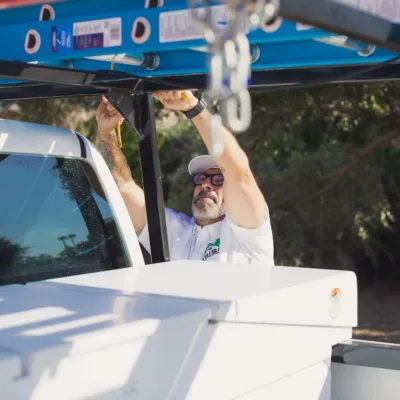
Reasons TPO Roofing is a Popular Choice for Commercial Buildings
Professional commercial roofing contractors recognize numerous advantages that make TPO an excellent option for modern construction and renovation projects.
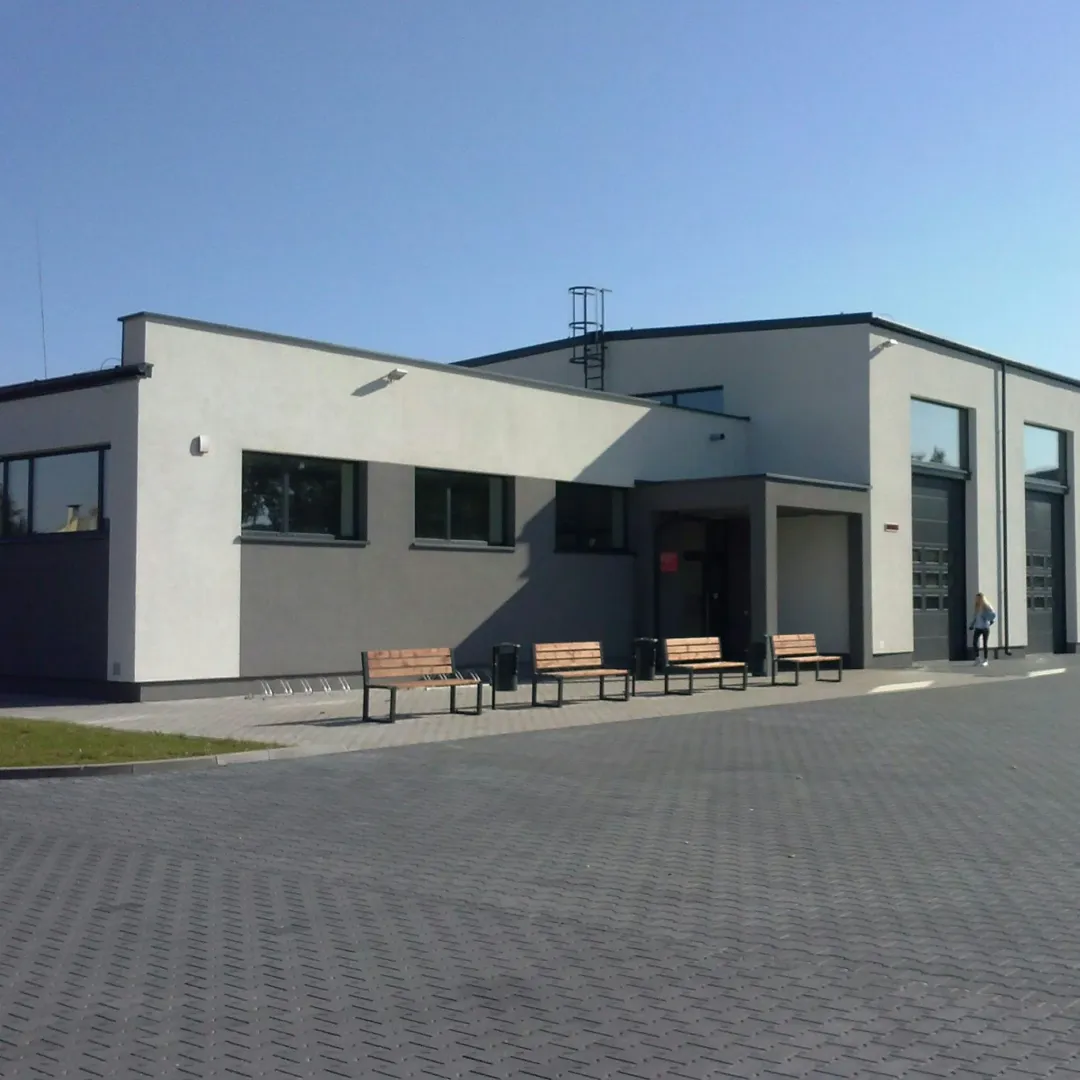
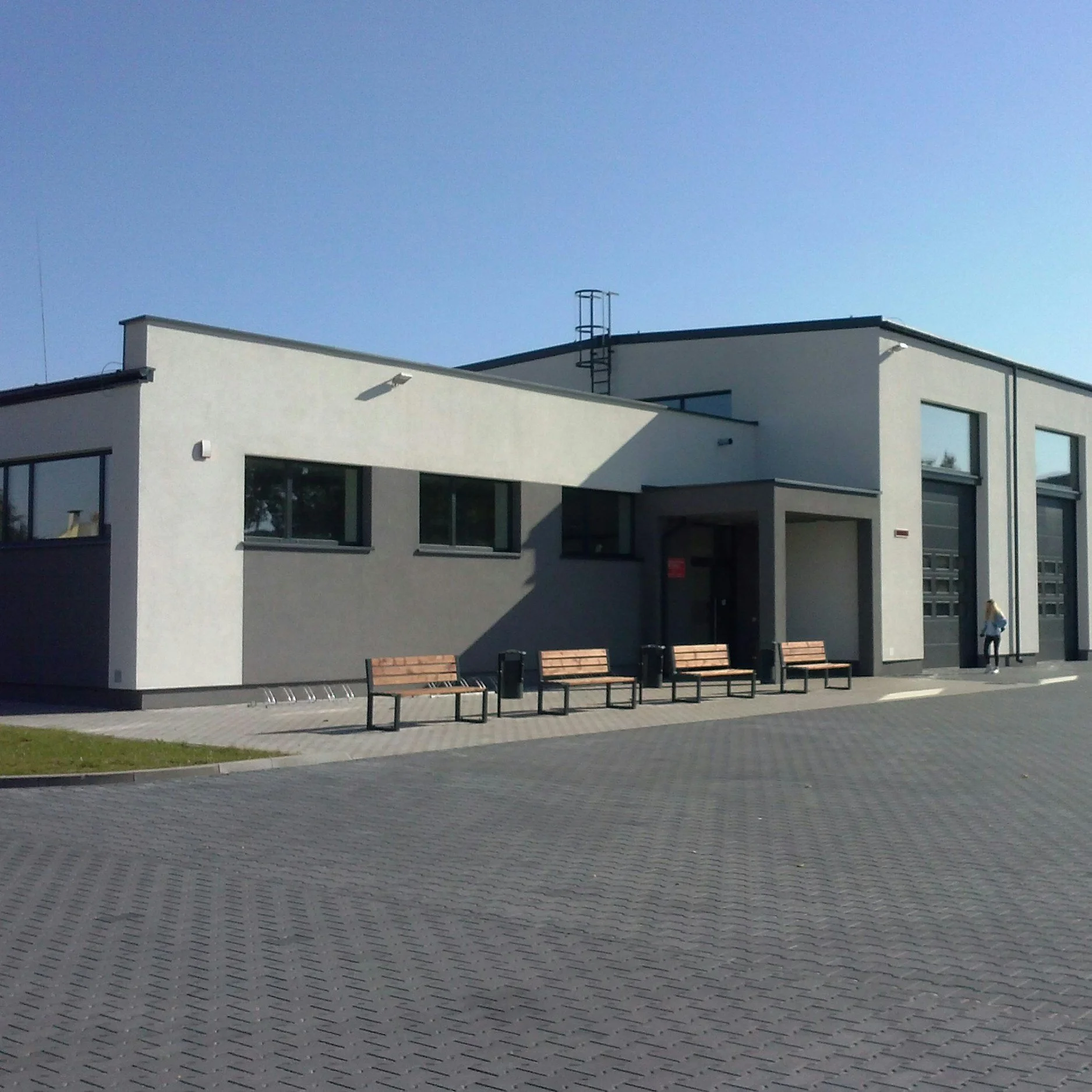
Commercial flat roofs provide cost-effective, energy-efficient solutions for businesses, but their longevity depends on multiple factors.
Commercial flat roofs provide cost-effective, energy-efficient solutions for businesses, but their longevity depends on multiple factors. Material quality, installation methods, climate conditions, and maintenance routines all influence how long a flat roof can remain functional. Without proper care, premature deterioration can lead to costly repairs or full replacement. Understanding the lifespan of commercial flat roofs and the best strategies to maintain them is essential for preserving structural integrity and maximizing investment.
The choice of roofing material plays a notable role in determining how long a commercial flat roof can last. EPDM, TPO, PVC, modified bitumen, and built-up roofing (BUR) each offer distinct benefits and expected lifespans. EPDM, a rubber-based material, often remains in service for 25 to 30 years when maintained properly. TPO and PVC, known for their reflective properties and resistance to chemical exposure, typically last between 20 and 30 years. Modified bitumen and BUR, both asphalt-based systems, can endure for two to three decades with routine inspections and repairs. Selecting a material suited to the specific climate and operational needs of a building contributes to long-term performance.
Even the highest-quality roofing materials can fail prematurely if not installed correctly. Professional roof installation guarantees that seams, flashings, drainage systems, and insulation are properly integrated. Improper installation can result in issues such as water infiltration, air leaks, and insulation degradation, all of which reduce a roof’s lifespan. Choosing a skilled commercial roofing contractor with experience in flat roof systems minimizes the risk of early deterioration caused by improper application techniques.
Extreme temperatures, heavy rainfall, UV exposure, and high winds all contribute to wear on commercial flat roofs. Extended sun exposure can cause membrane shrinkage and cracking, while excessive moisture may lead to ponding water, which accelerates structural damage. Roofs in colder climates are subject to freeze-thaw cycles that weaken materials over time. Buildings located in areas with strong winds require secure fastening systems to prevent uplift and membrane displacement. Understanding regional climate challenges helps determine the best maintenance approach for extending a roof’s service life.
Regular roof inspections track down potential problems before they escalate into significant structural issues. Professional assessments help detect small leaks, membrane punctures, loose flashings, or blocked drainage systems that might compromise a roof’s integrity. Scheduled maintenance, including debris removal, sealing minor cracks, and reinforcing vulnerable areas, helps prevent costly repairs or premature replacement. A well-maintained commercial roofing system remains more resistant to environmental stressors, extending its longevity.
Water accumulation on a flat roof accelerates material degradation and increases the risk of leaks. Proper drainage systems, including internal drains, scuppers, and tapered insulation, prevent standing water from causing long-term damage. Clogged or poorly designed drainage solutions can lead to pooling, which weakens the roof membrane and underlying structure. Regular maintenance of gutters, downspouts, and drain openings guarantees that water flows away from the roof efficiently, preserving durability.
Minor roofing issues, if ignored, can escalate into extensive damage. Small punctures, seam separations, and membrane blisters should be repaired promptly to prevent water infiltration. Roof repair solutions built for the specific roofing material prevent further deterioration and prolong the overall lifespan. Ignoring small defects often results in moisture intrusion, mold growth, and insulation damage, increasing the likelihood of a full replacement sooner than necessary.
Reflective coatings and energy-efficient roofing materials reduce heat absorption, preventing premature wear caused by thermal expansion and contraction. White or light-colored coatings help lower rooftop temperatures, reducing stress on the roofing membrane. UV-resistant coatings further protect against sun exposure, delaying degradation. Applying these coatings as part of regular maintenance contributes to an extended roof lifespan while improving energy efficiency for the building.
Frequent foot traffic on a commercial flat roof increases the risk of punctures, membrane damage, and material displacement. Implementing designated walkways and limiting access to authorized personnel help preserve roofing materials. Equipment installations, HVAC servicing, and routine maintenance should be conducted with care to prevent unnecessary wear. Establishing proper access protocols minimizes the likelihood of accidental damage that could shorten the roof’s service life.
Commercial flat roofs are designed to support specific weight limits, and excessive loads can weaken structural components. Storing heavy equipment, debris, or materials on the roof can lead to sagging, cracks, or insulation compression. Seasonal snow accumulation adds extra weight, increasing the risk of collapse if not addressed. Regular inspections help identify structural stress, allowing for proactive reinforcement before damage occurs. Managing roof loads appropriately safeguards long-term durability.
Recognizing warning signs of an aging roof helps determine when a replacement may be necessary. Persistent leaks, membrane deterioration, ponding water, and insulation damage often indicate that a roof is reaching the end of its functional life. Widespread cracking, blistering, or sagging sections suggest that repairs may no longer be a viable option. Commercial roofing professionals can assess whether restoration techniques, such as recoating or overlaying, are suitable or if a full roof installation is the best course of action.
Expert assessments, routine maintenance, and timely repairs contribute to prolonged roof performance. Partnering with a qualified commercial roofing contractor provides access to specialized knowledge and advanced roofing solutions. A well-maintained commercial flat roof remains a valuable asset, protecting the building, occupants, and business operations for decades. Addressing roofing concerns proactively enhances durability, reduces long-term costs, and supports the structural integrity of the entire property.
Irish Roofing Company provides Scottsdale with roof inspection, installation, sealing and repair. We offer shingle services, tile roof services, flat roof services, roof cleaning, roof inspection, roof installation, leak repair, roof recovering, roof repair, roof sealing, skylight installation and replacement, and wood shake services for commercial and residential customers.

Professional commercial roofing contractors recognize numerous advantages that make TPO an excellent option for modern construction and renovation projects.
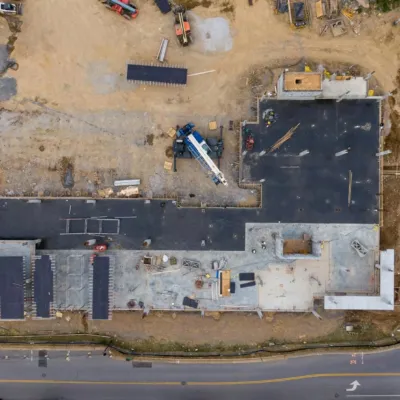
Commercial roofing experts utilize specialized formulations designed for maximum durability in demanding conditions.
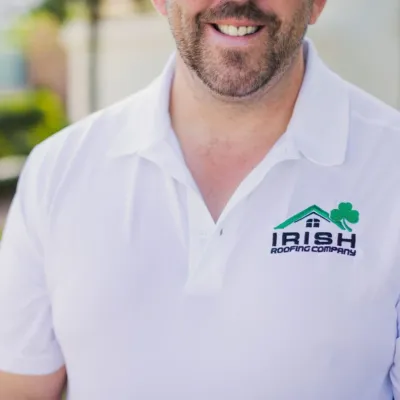
Composed of specialized materials designed to protect and enhance roofing systems, these coatings create a seamless, protective layer across roofing surfaces.
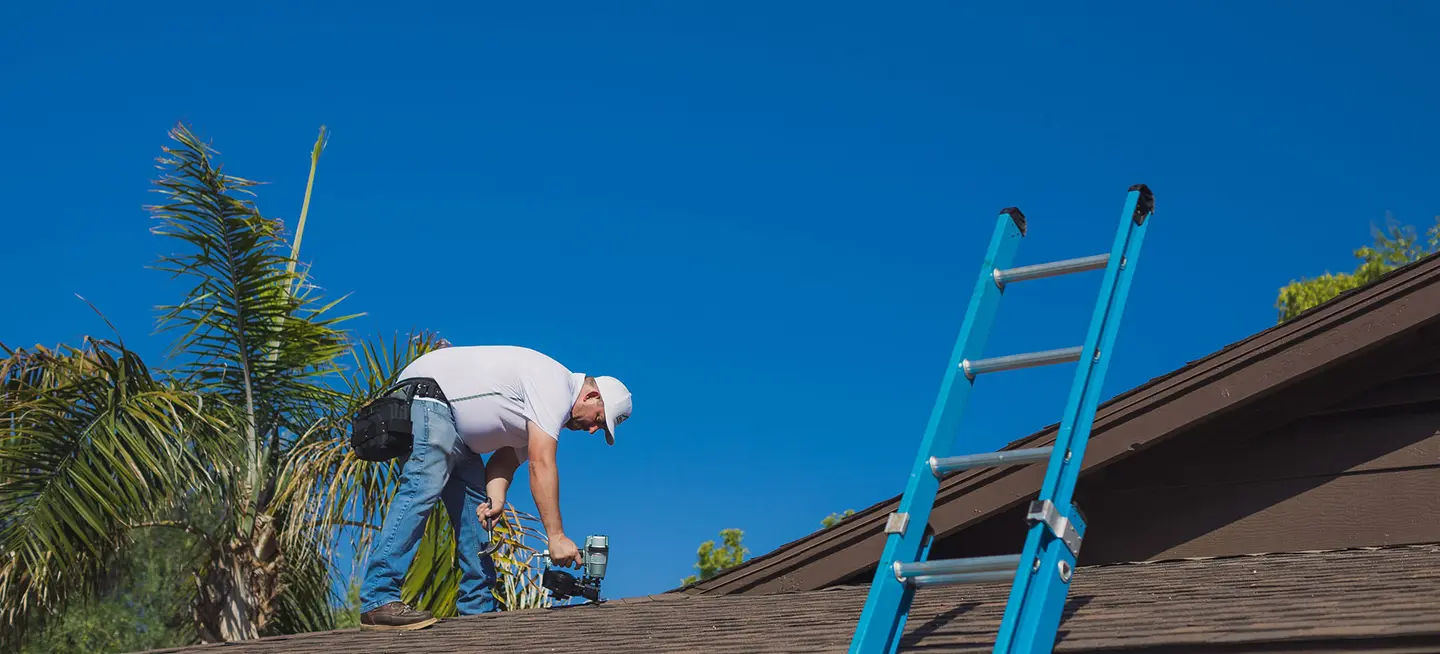
We offer solutions for every roof and budget. Call today for a quote. Whether it’s a roof installation, roof repair, or roof maintenance, our team is ready to help.